Aloha! This traditional Hawaiian greeting is most probably the first you are going to hear as soon as you set your foot on one of those dream islands in the middle of Pacific. At the same moment a garland of amazingly scented, white, yellow, orange, pink or red Plumeria will materialize around your neck. This is the islanders’ way of welcoming travelers.
The garlands are called lei. Most of us have seen them on photos or in movies about Hawaii. Many flowers or even leaves can be used for lei. However the most iconic ones are made of blossom from Plumeria trees or Frangipani, which is its common name.
Hawaii is not the only place on our planet where you can get fascinated by happy colors of Plumeria flowers, by their elegant and perfectly symmetrical shape lines, by its scents ranging from lemon to roses, coconut to cinnamon, pineapple to honeysuckle or even from green apple to chocolate. Having its origin on Caribbean islands and Central America, Plumeria are now cultivated around the world wherever one have a privilege not to worry about the winter clothes – from Brazil to India, from Australia to Thailand and Vietnam. Even so far north as on Greek islands and Italian Sicilia, you will see large Plumeria trees planted outside.
Its flowers are often depicted on many countries post stamps, coins and banknotes. It has become a symbol not only for spas around the world, but even for whole nations like Laos, Suriname and Nicaragua.
No hotel striving to be a dream vacation destination can do without Plumeria trees. The best (at least according to me) hotel garden designers will place a one or two of them as close to the pool as possible. Large, fragrant flowers falling down in water are always appreciated by the hotel guests. Which woman can resist putting a Plumeria flower behind her ear while relaxing in a sun chair?
Before you read any further I have to issue a warning! Plumeria is known to be highly addictive! Once you start growing them you will probably not be able to stop it! You are going to crave for more cultivars with all their endless variations of colors, shapes and fragrances! You are going to join social media groups for people with the same addiction and you will spend a bit of your time sharing your stories and proud photos of buds and blooms. Do you dare to give it a try? Don’t come later and say you haven’t been warned!
Can you grow Plumeria indoors?
If you have a slightest interest in growing plants in your home then, when you first time see a Plumeria tree covered by mesmerizingly fragrant large flowers your thoughts probably will go the same way as my did.
First – a desire: “Oh! I want it! I must try to grow this beauty myself back home!” One second later – a hope: “I wish it would be enough just to cut a small branch to fit it in my luggage and have it rooted somehow!” Then a doubt coming: “No, such a large tropical tree, there is no way one can have anything remotely like this in a regular city flat and having it flowering must be truly impossible”.
Now, having many years of experience growing and flowering Plumeria in our tiny apartment in Stockholm, Sweden, let me give you some short comments on those spontaneous beginners’ dreams and doubts.
First of all – yes, you can do it no matter where on this planet you are living, providing there is one basic condition – you have enough commitment to give your plants some elementary, but regular care.
Cutting a small branch or just a stick is exactly how you start your own tree. Don’t put it in water. Just let the base of the cut to dry a week or so and put this holiday souvenir in the planter when you are back home.
Don’t worry; you will get more detailed instructions on propagation further on. This is just to give you the idea about how amazingly easy it is to acquire, transport and plant. However, please check out the plant export regulations of your holiday country and import rules of your home country! Plumerias are in no way endangered plants, but some phytosanitary regulations (US, EU) are most often applied.
If you are not traveling to tropics, the easy way to get a Plumeria cutting or even a potted plant is to order one or a few on my multivendor web shop or somewhere else on Internet. Unfortunately, many sellers there, for some reason, are using photos heavily altered in Photoshop. To me Plumerias are perfect just the way they are with so many different cultivars to choose from. Why would people fake the photos to some unnatural colors combination is a mystery. In the next post I will try to teach you to tell apart fake cultivars from the real ones.
Continue to:
Part 1: Introduction to Plumeria (this post).
Part 2: Closer look. Plumeria cultivars. True or fake on eBay?
Part 3: How to start your own Plumeria indoors.
Part 4: Plumeria care and flowering.
Part 5: Plumeria problem-solving.
Plumeria (Frangipani) rooted, grafted plants
Plumeria (Frangipani) Plants Online Shop
Plumeria flowers are an enchanting symbol of any tropical holiday and spa. Perfectly symmetrical with amazing scent, they are an essence of Aloha feeling. In this blog series you can learn how to grow them indoors anywhere. Bellow you will find a large selection of rooted, grafted Plumeria plants from many amazing Thailand cultivars. Available even in wholesale tiers.
International shipping all year round with Live Arrival Guarantee.






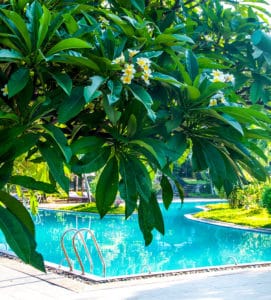
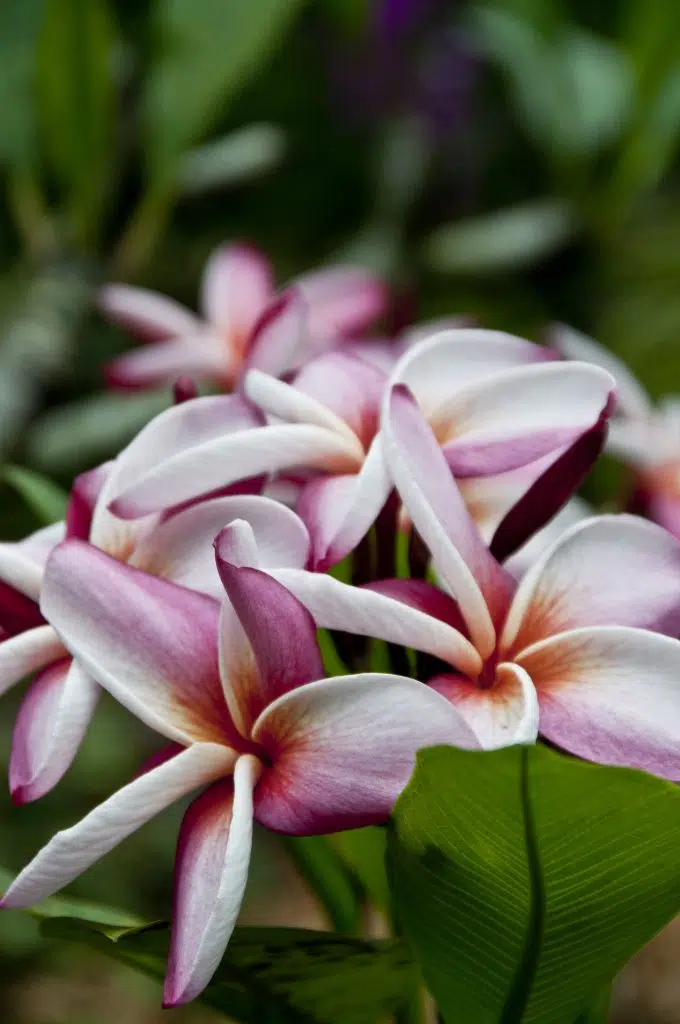
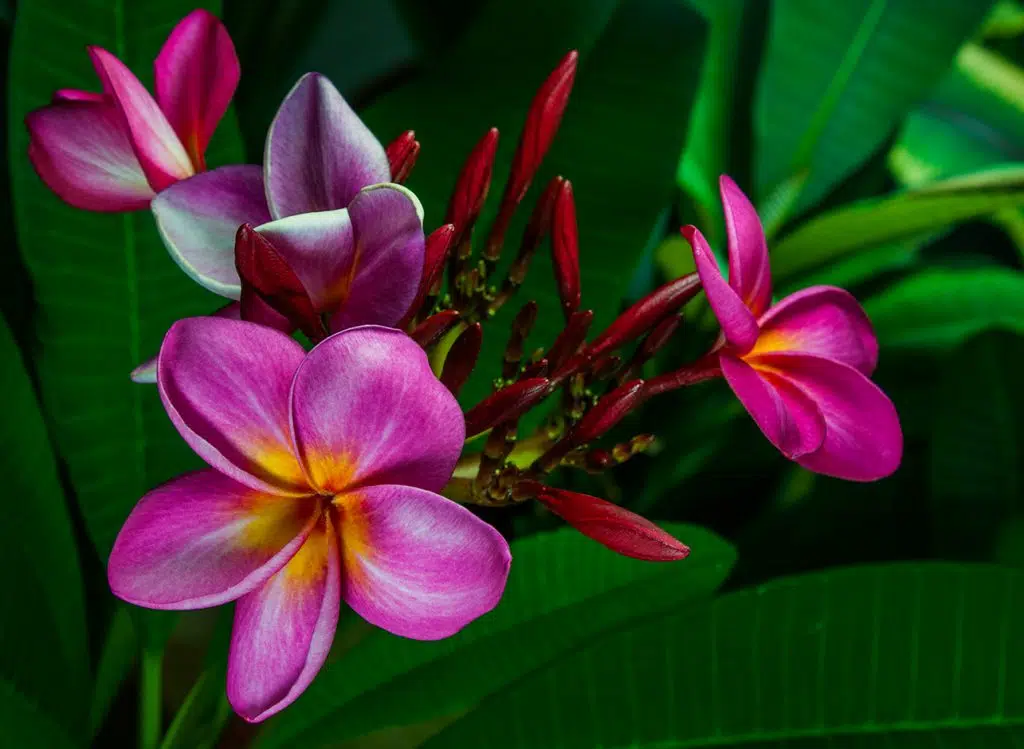
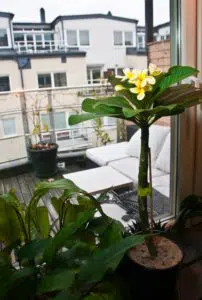

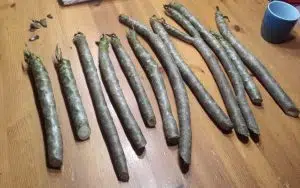
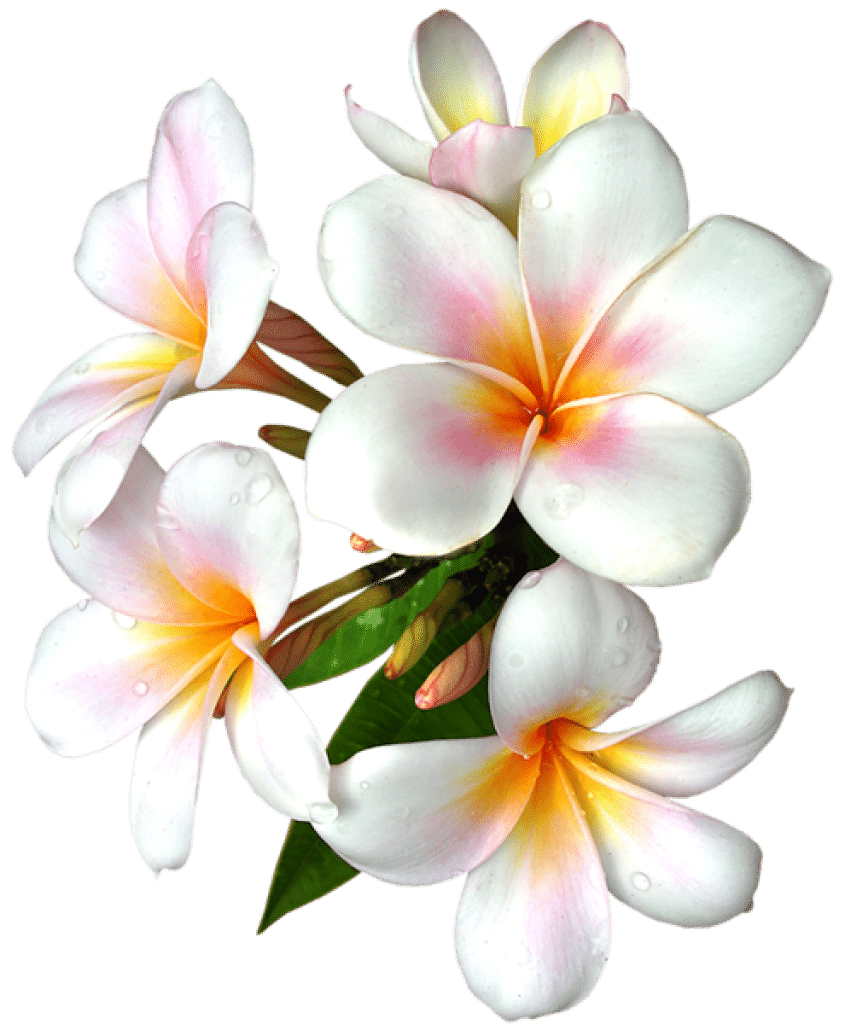
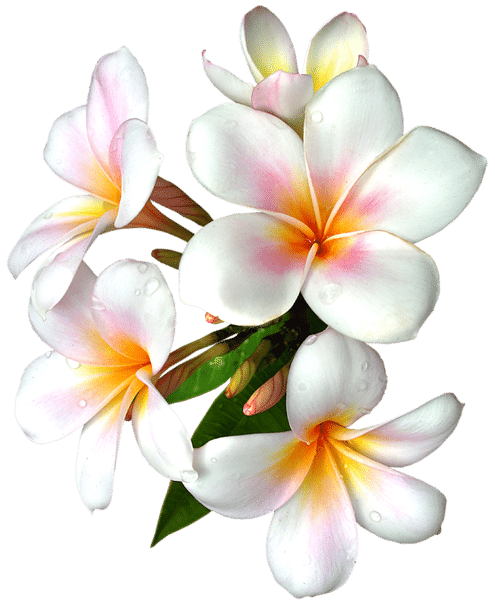



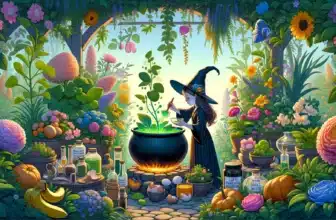
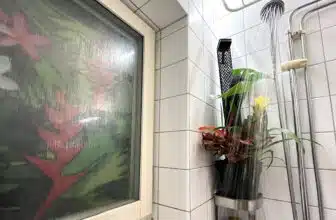
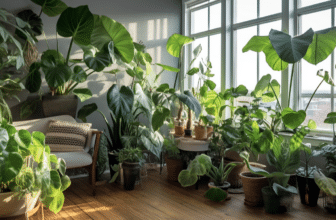
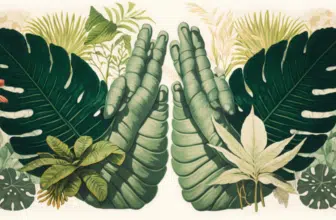

Hello,
I have a Plumeria cutting planted indoors currently under a LED grow light. It took root about 2.5 months ago, and the new leaves are growing vigorously. However, I noticed these brownish-yellow bulbs appearing on the base of the leaves stems where they meet the top of the cutting. When I attempted to scrape some away, they oozed a white fluid. Are these some kind of mold of pest? something to be concerned with? I attached a photo for reference.
Thanks
Hi, unfortunately I don’t see any photo attached (I don’t think it’s possible to attach to comments). You can email me to the address found in the footer of the web site. But I believe you are talking about collets. They are part of the plant. They can ooze some fluid even if you don’t scrape them. They do it also if the tip is attacked by some insects, to protect the growing point.